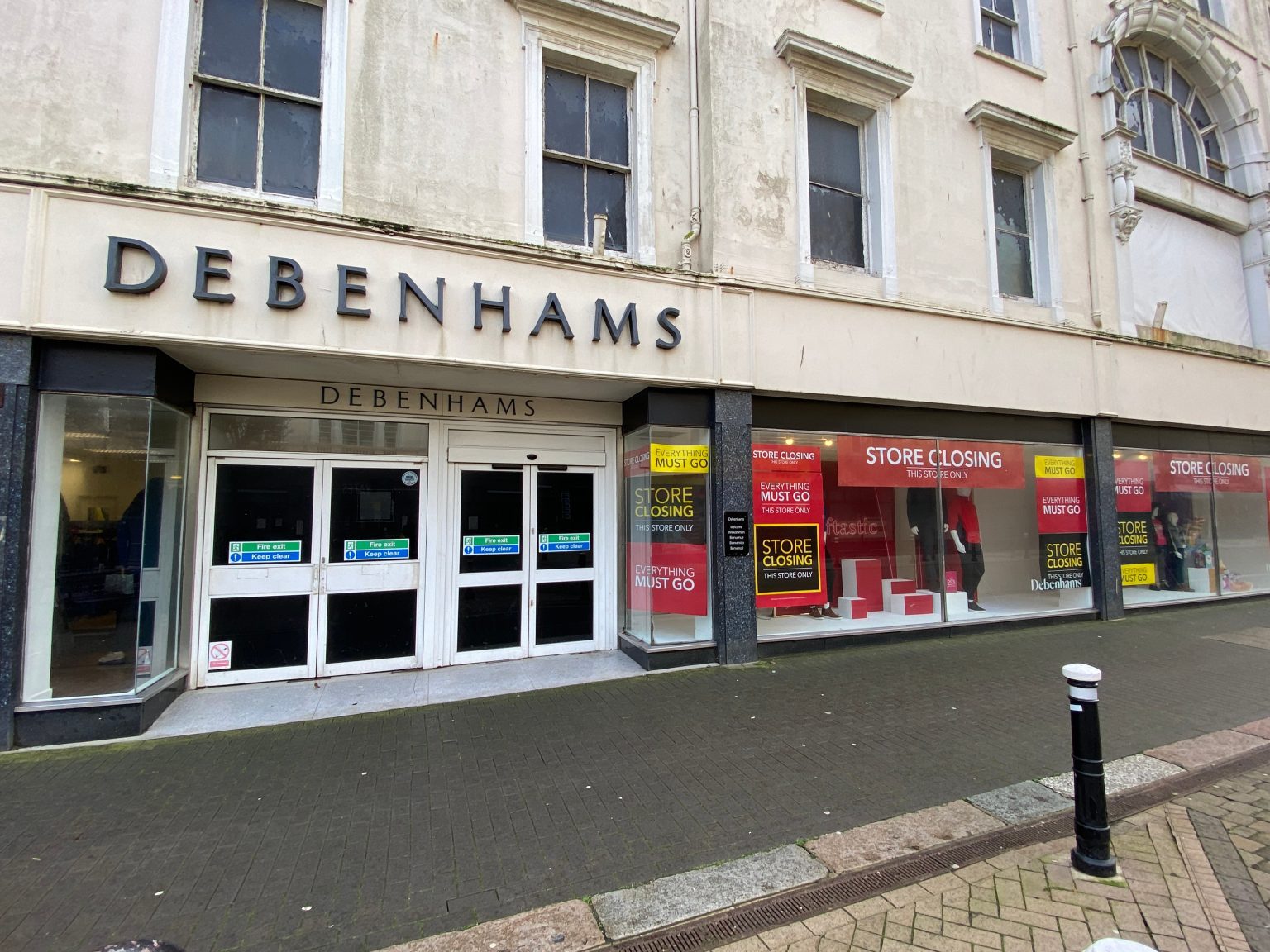The high street is dying. Is it? Well, that’s the impression you get from reading the constant drip-drip of stories chronicling the latest retailer to go online only or another announcement of large-scale store closures.
If we look out and see the wider picture, it’s truer to say some of the high street is struggling. While many famous names have disappeared from the UK’s shopping centres, others are thriving. Top Shop and Paperchase have gone, but Primark are opening a slew of new stores this year and the Card Factory have tripled their profits.
Why do some high street names fail while others carry on? What was it about those chains that have gone out of business that caused their difficulties?
The cliched answer is “everyone shops online these days”, which has some truth, but that doesn’t answer why some retailers thrive in the physical and online environment while others wither.
Each time a big name shuts up shop, it makes the news. If you go back and look at those news reports to read the commentary, there is a common theme.


